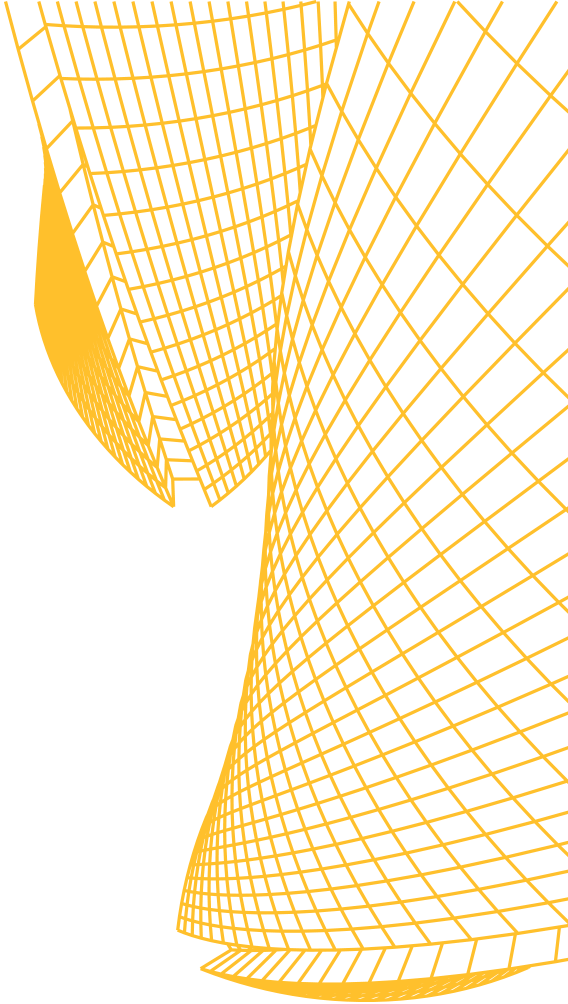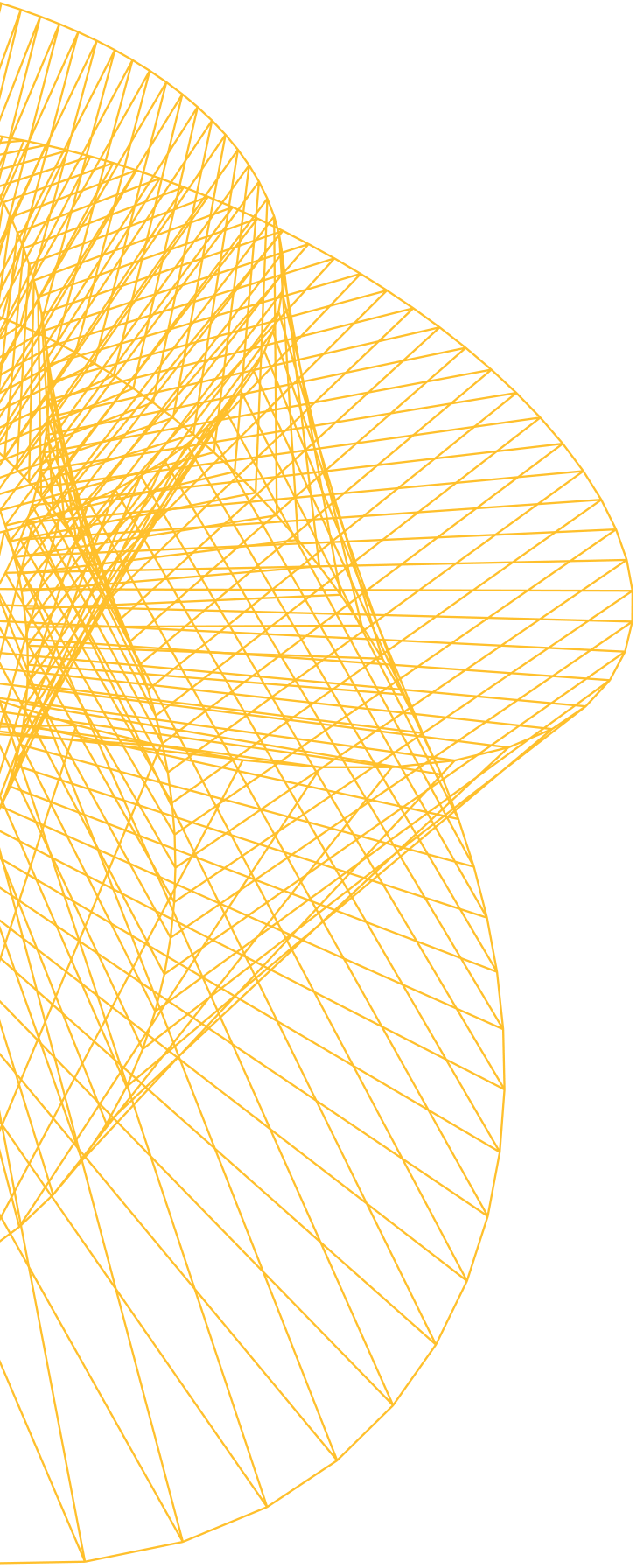Stereolithography SLA / Digital Light Projection DLP
Stereolithography (SLA) is a 3D printing process that uses Ultraviolet (UV) lasers to draw out each layer of a 3D Computer Aided Design (CAD) model into a vat of photopolymer liquid resin. The photopolymers are sensitive to UV light and solidify into a rigid polymer at the points where the laser meets it. The process is repeated for each layer of the model.
Digital Light Projection (DLP) printers that are used to create high-resolution 3D printed artefacts. DLP uses the same types of photopolymers as SLA but replaces the UV laser with a 4K monitor. The monitor is used to project an entire layer or cross section of the CAD file into the resin and the object is built up and lifted out of the bath one layer at a time.
Benefits of SLA and DLP are very high-resolution parts, down to 25-micron layers, which produces models similar to injection moulded parts. These models have support structures which are required to hold the model in place during printing. PrintCity has a dedicated post-production facility to assist with this.
There are a range of resins available for specific uses that include Dental, Medical, Jewellery, Engineering and High Resolution Models .
5 x Formlabs Form 2 [145x145x175] SLA
1 x Formlabs Form 3B [145x145x185] SLA
4 x Formlabs Form 3 [145x145x185] SLA
2 x Formlabs Form 3L [335x200x300] SLA
2 x Photocentric Liquid Crystal [470x240xx340] DLP
Get in touch
If you're interested in working with us, or have questions about studying with us please get in contact.

Our Equipment

